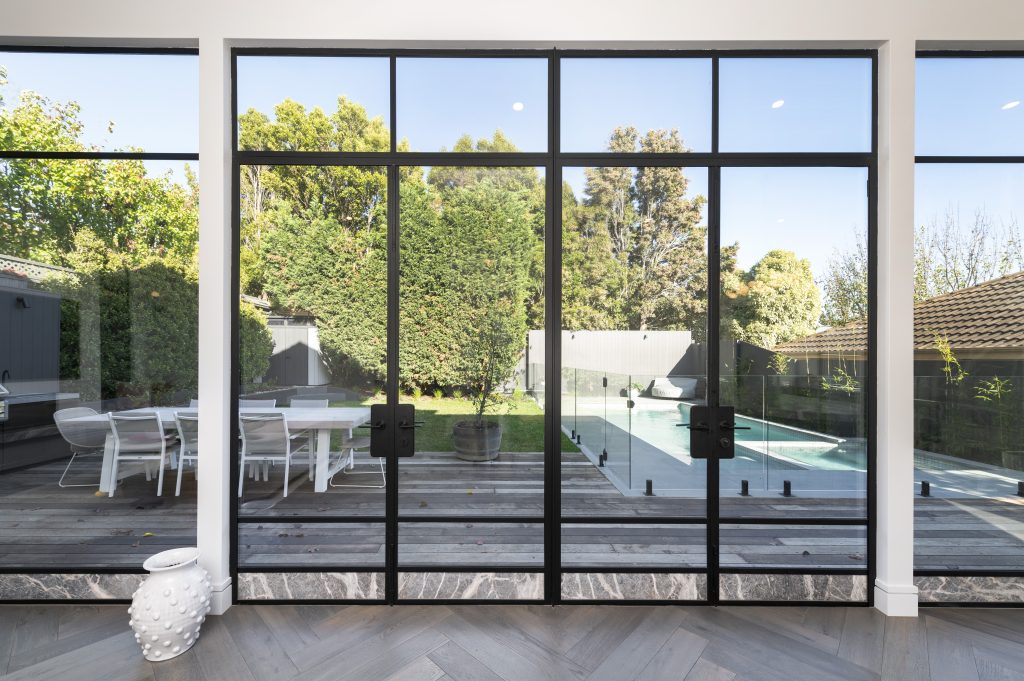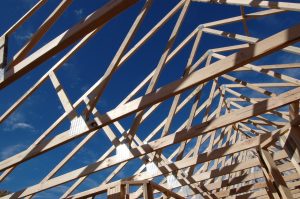An Interview with Passive House Member – Peter Harnischmacher
As featured in the APHA Newsletter, December 2018

Australian Passive House Development
Who is Peter Harnischmacher?
I am a director of Capital Building.
My grandfather built a Bauhaus home (by Marcel Breuer) back in 1950s Germany, which used passive design principles. Hence I grew up talking about and experiencing design excellence before I even knew I would one day adopt it.
My working career started as a trading floor operator, sealants labourer, then running a commercial coatings business before registering as a Builder in 1991 (pre VBA) with the Housing Guarantee Fund.
Designing and drawing is my way of problem-solving and building a vision for myself and communicating it with others. Understanding the value of natural resources and their efficient use was passed down from my farmer father. Building and designing nearly 300 of our own and client homes and extensions has given Capital Building a lot of experience in energy-efficient design and materials applications.
Why are you a member of APHA?
Australian Passive House Association (APHA) provides an open worldwide forum for continuing development of the science of efficient construction. As a voluntary association which anyone who cares, can join, has given it immense respect and traction to influence the future. It facilitates access to good design for anyone who wants it.
My continued enthusiasm for permaculture and efficient home design developed into my interest in passive design. Also my frustration with many designers not applying absolute basics, such as north orientation, eaves and efficient materials.
I completed a green living master builders course about 10 years ago and have always gravitated to practitioners incorporating sustainability in their designs. Even if a client is not prepared to spend extra on passive design, we find many ways to include passive design elements at no extra cost.
Attending green living conferences and learning about energy efficient design, exposed the shortcomings of the Star rating system. Since then I have been looking at learning and working with passive house builders and suppliers mainly because they have the answers to my questions.
In my view, passive house is a real world, quantifiable view on efficient design. A practical way of spreading the word and building the knowledge around the future of building design.
What inspires you about Passive House?
Almost all primitive / vernacular architecture incorporated various methods of passive design. Western society had recently become very blasé or even forgotten about such passive design methods. In a world where resources were cheap and appeared to be endless, it’s easy to understand how.
Passive design is in no way a new concept but a sign of a time where we are all starting to again understand the old concept of ‘finite resources’. What is new is; ‘Passive House’ brings together the many and various passive design methods and applies them in a scientific, demonstrable way.
Anything else we should know?
At Capital, we are passionate about efficient design and building. We love our clients and most of them love us back. We enjoy what we do and are still excited to learn new things. We are a democratically run business where everyone is the undisputed boss of what they do best.
Please explore our website for further Green Living & Energy Efficient Design Concepts www.capitalbuilding.com.au to find out more about us.





